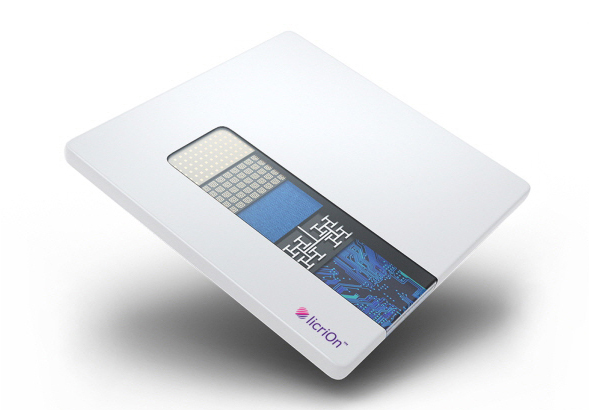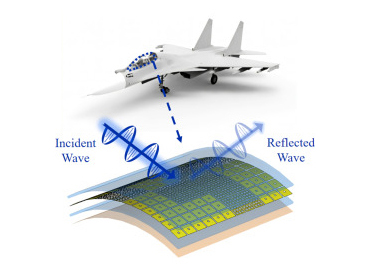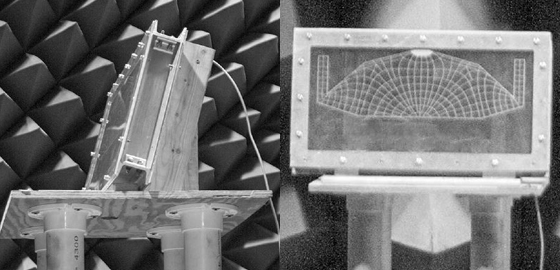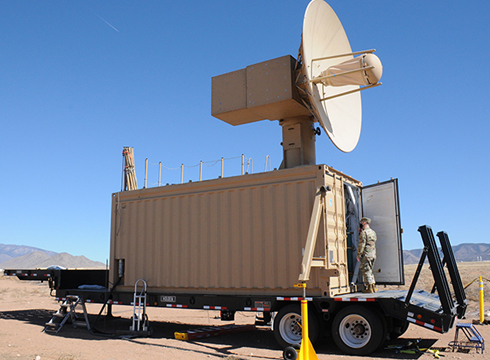Advanced Electronic Warfare Technologies for Future National Defense
Introduction

Electronic Warfare (EW) is one of the core areas of modern defense industries, utilizing the electromagnetic spectrum to neutralize enemy electronic systems or to protect friendly electronic systems. EW operates across various frequency bands such as infrared (IR), radio frequency (RF), and microwave, and demands technological evolution to counter increasingly precise and complex threats. Recently, notable EW technologies in the defense industry include liquid crystal-based antenna technology, stealth metasurfaces, transparent antennas, and high-power microwave (HPM) technology. This article examines the concepts, applications, and future development directions of each of these EW technologies.
1. Liquid Crystal-Based Antenna Technology
Liquid crystal is a material that can change its optical and electrical properties depending on electric or magnetic fields. It was previously known primarily as a material used in LCD TVs, but recently it has been used to dynamically control radio waves in applications such as reconfigurable phased array antennas. One form of future battlefield EW is space-based electronic warfare, which refers to EW conducted in space. This includes activities such as disrupting enemy communications or attacking enemy satellites using space assets like satellites. Recently, there have been reports abroad of the development of such satellite communication antennas using liquid crystals. Liquid crystal-based smart antennas can replace traditional bulky satellite communication reflector antennas with a flat structure. In addition, they are easy to mount on ships, aircraft, and other transportation means and can electronically steer beams in desired directions without physical movement, making them highly applicable in future space-based EW.


2. Stealth Metasurface

A metasurface is an artificially designed ultra-thin structure engineered to manipulate the propagation properties of electromagnetic waves (EM waves). It can realize electromagnetic properties that are impossible with natural materials. A stealth metasurface uses such metamaterials to form radar absorbing structures (RAS) or as a key component of stealth technology to evade enemy detection.
Stealth metasurfaces are mainly used in the field of fighter jets that rely on radar for detection of weapon systems and enemy aircraft, as they are invisible to the naked eye. With the advent of UAV technology, stealth UAV technology is also being actively researched. In South Korea, a multipurpose stealth UAV development project has been underway since 2022, led by the Defense Acquisition Program Administration.
3. Transparent Antenna

A transparent antenna is a technology that is optically transparent and can transmit and receive radio waves, drawing attention as a core component of future defense EW technologies. In the modern battlefield where stealth and camouflage technologies are crucial, transparent antennas are applied to military vehicles, aircraft, and ships to help evade enemy detection.
By providing both optical and radio wave functions in EW equipment with spatial constraints, it enables efficient design and execution of complex missions. Recently, materials based on graphene and ITO (Indium Tin Oxide) are being used to provide high transparency and performance. These technologies are being applied to small UAVs and military satellites. Future development directions include research on improving material durability and bandwidth, multi-band design for tactical flexibility, and performance maintenance in extreme environments. Transparent antennas are expected to become an essential technology that simultaneously satisfies both camouflage and functionality in future EW.

4. High Power Microwave (HPM)
High Power Microwave (HPM) is a non-lethal weapon technology that transmits high-power electromagnetic waves to induce currents in target electronic equipment, thereby destroying or neutralizing them. Depending on the application device, HPM may require transmission power from tens to hundreds of kilowatts. Therefore, technologies for high-power transmission circuits, antennas that can withstand high power, and heat dissipation structure designs to minimize high heat are required.
In the field of EW, HPM is gaining much attention because it can be applied from a distance without direct contact with the target, can neutralize specific electronic equipment without physical explosions, and can minimize damage to surrounding environments and personnel. Especially in the defense industry, drones are used across all areas such as communication, strike, and logistics, and HPM is attracting attention as a new defense system capable of countering drone swarm attacks using multiple drones. ecently, in the United States, HPM equipment is being developed and introduced to prepare for drone swarm attacks. In South Korea, research institutions related to the military and the Agency for Defense Development are reviewing the development of HPM equipment.


Figure Sources
- Figure 1: LIG Nex1
- Figure 2: Merck
- Figure 3: Shi, H.; Tian, J.; Chen, N.; Zhu, W. Wideband high-efficiency scattering reduction in a graphene based optically transparent and flexible metasurface. Carbon, 2024, 225, 119150.
- Figure 4: M. Kashanianfard and K. Sarabandi, Vehicular Optically Transparent UHF Antenna for Terrestrial Communication, IEEE Transactions on Antennas and Propagation, vol. 65, no. 8, pp. 3942-3949, August 2017.
- Figure 5: Electromagnetic Wave Convergence Laboratory, Seoul National University; B. Kim and J. Oh, Single-Glass-Layer Optically Transparent Transmitarray With High Aperture Efficiency and Low Profile at 5G Millimeter-Wave Band, IEEE Transactions on Antennas and Propagation, vol. 71, no. 11, pp. 9036-9041, November 2023.
- Figure 6: U.S. Air Force Research Laboratory, THOR
- Figure 7: Epirus Inc., Leonidas